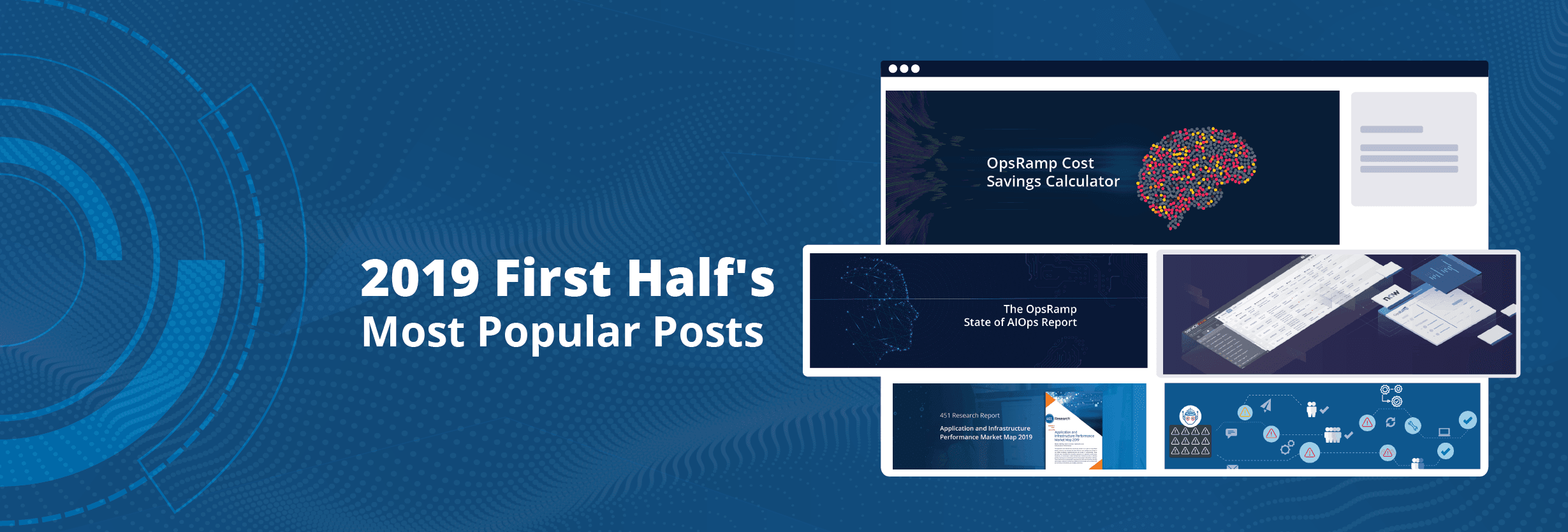As we dive into 2015, I want to reflect on the foundation that Vistara built over the past year to address the enterprise IT operation transformation that we anticipate this year.
We had an exciting 2014, with industry recognition in the form of the Gartner Cool Vendor in IT Operations and CRN Tech Innovator awards.
But more exciting for what’s to come is the engineering that we did to transform Vistara into a true Big Data platform for Enterprise IT operations. We run on an incredibly powerful back end platform, with Cassandra-based Big Data and Kafka-based messaging in the cloud. Vistara collects over a billion metrics a day from the managed elements across our customers and partners, and is architected to scale.
That scale is critical to support the three major themes that will impact Enterprise IT operations over the next twelve months.
- Hybrid Cloud Management. According to IDC, more than 65% of Enterprise IT organizations will commit to hybrid cloud technologies before 2016. To take advantage of the elasticity, agility and scale from using cloud for critical business applications, enterprises need to seamlessly extend their IT operations capabilities across their existing on-premise infrastructure, private clouds and dynamic public cloud resources. Vistara provides the single command center that IT operations needs to manage these distributed applications in as a unified service, and troubleshoot and maintain the underlying infrastructure down to the element level. Further developing our service dashboards and hybrid cloud capabilities is at the top of our priorities this year.
- DevOps Enablement. As DevOps thinking becomes more mainstream, enterprises will need to incorporate new ways of developing and delivering applications into their standard IT processes. The benefits of continuous delivery and the agility that comes from a collaborative approach to Dev and Ops are attractive to Enterprises, but they are more complex and constrained with existing legacy infrastructure, organizations and processes. Vistara enables Enterprise IT to provide the solid operations foundation for DevOps oriented teams to move as fast as they can while providing mature IT operational oversight across Dev, test and production environments. We liken Vistara to the Autobahn in Germany - drivers can safely speed because the infrastructure is sound. There’s still user-error, but the roads are built to enable drivers and cars to go fast.
- IT as a Service Provider. As the Enterprise IT supply chain continues to become more distributed and bimodal, IT’s role is undergoing transformation. IT's job is to manage the best mix of internal and external services to deliver effective and efficient IT for the Enterprise. IT teams that are unable to deliver on-demand IT services will be at risk of becoming irrelevant to business stakeholders who can bypass them for cloud solutions. Vistara enables IT to act like a service provider to the Enterprise and deliver secure and reliable services across multiple business units and heterogeneous IT environments. With Vistara, IT has the ability to report on performance against service levels and deliver insights on how to do better.
Finally, the Vistara platform collects a variety of metrics from anything with an IP address, beyond desktops and servers to mobile devices and more. As the Internet of Things becomes a reality in the Enterprise, the “things” will have location, availability and functions they deliver for business users that extend beyond the data center and cloud.
We're excited to bring you a more powerful Vistara in 2015 to drive your success in modern IT. Tell us what's most important to you in the comments!
In addition, Vistara has the foundation in place to expand analytics and leverage data to give operational intelligence for better uptime and advanced automations to IT ops teams. In 2015, the platform will include self learning from an automation point of view, to intelligently setting thresholds for alerts, to predict what is expected in a given customer’s IT environment.





